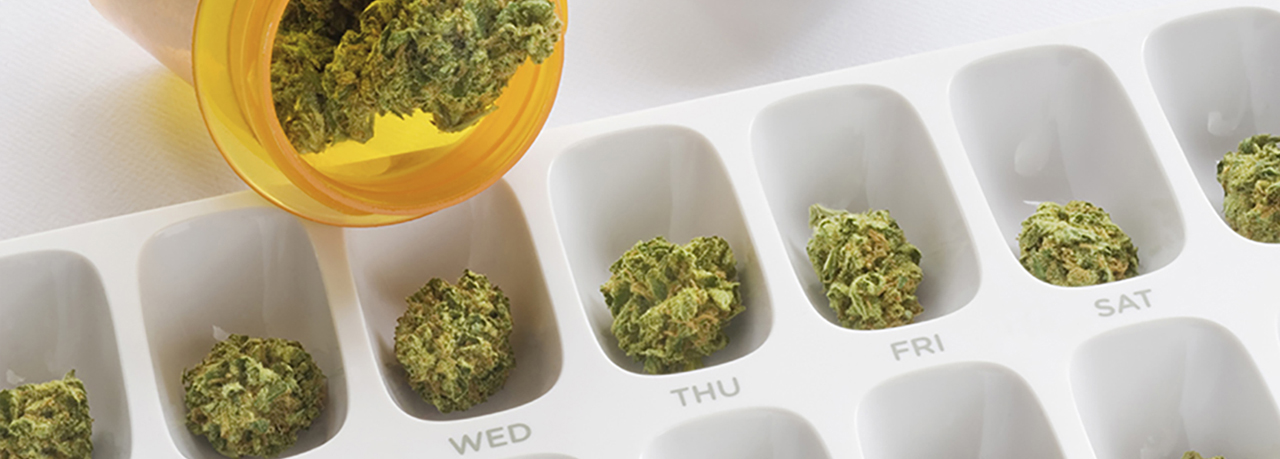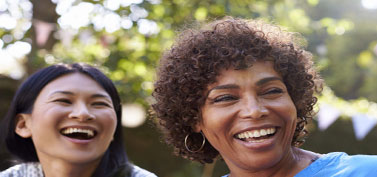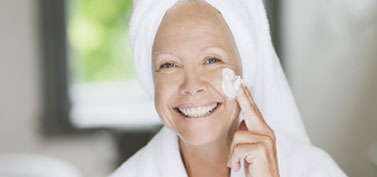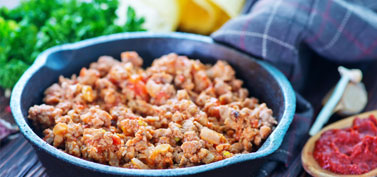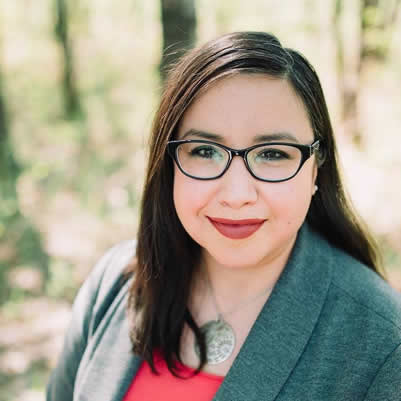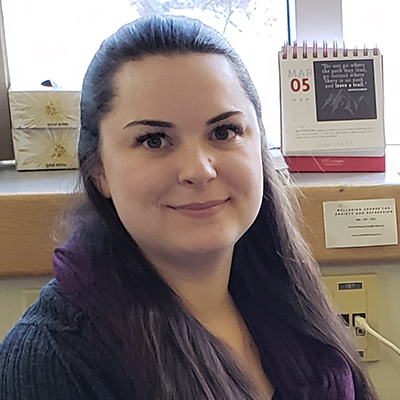Test yourself: Which of the following meals or snacks is cholesterol free?
A. Stir-fried shrimp with broccoli, served over rice
B. Potato chips and a pop
C. A spinach and cheese egg white omelette
D. A strawberry and banana fruit and yogurt smoothie
Are you surprised to find out that the answer is B? Could this mean that chips and pop are a better option than the other three choices if you have high cholesterol?
The answer is clearly no, so read on to gain more perspective on this issue.
Cholesterol is found in foods of animal
origin. Therefore, shrimp, eggs, cheese,
and yogurt, despite their richness in protein and other nutrients, are all sources of dietary cholesterol.
Our bodies actually do need some cholesterol, and our liver is programmed to make it, regardless of whether we are or are not eating high cholesterol foods. For this reason, our blood cholesterol levels are influenced by far more than simply how much cholesterol
is in the food we eat. Too much
cholesterol in the blood can result in the formation of plaque in your arteries. This can lead to coronary artery disease and put you at higher risk of having a heart attack.
New research has shown that the strategy of reducing or eliminating cholesterol-containing foods is not as effective in managing cholesterol as it was once thought to be. We instead are pointed in the direction of adding more heart-healthy foods into our diet, rather than focusing our energy on trying
to eliminate potentially heart-harming foods. The process of elimination may
occur naturally - as you increase certain
foods, others will inevitably decrease.
The following are some dietary additions
to help reduce total blood cholesterol:
1. Reach for monounsaturated and polyunsaturated fats more often than saturated and trans fats. Put in simple terms, use canola, olive, and soybean oil more often than butter, lard, and other animal fats. If you use margarine,
read the label to look for the term “non-hydrogenated”. New research is showing that diets containing healthier fats are more beneficial than low-fat diets (keeping in mind that the principle
of “everything in moderation” still applies).
*Tip: Specialty olive oil stores offer great flavours and varieties of oil that can be used as salad dressings, drizzled over meat and vegetables, ingredients in marinades, or dips for bread instead of butter.
2. Try to add fatty fish to your diet 2-3 times per week, and small amounts of nuts to your diet daily. These foods contain the types of fat mentioned above that will make your heart happy.
*Tip: Use herbs and lemon juice to season fish and add delicious flavour without relying on a breaded coating or deep-fried cooking method.
3. Increase your intake of soluble fibre, which has been shown to reduce blood cholesterol. Foods that contain soluble fibre include barley, pears, apples, nuts, and legumes. If you aren’t used to eating these foods regularly, try incorporating them in small amounts at first. You may be surprised at how simple and flavourful they can be. Other good, easy sources of soluble fibre include bran cereals containing psyllium fibre; add some to your favourite cereal or yogurt, and your heart will thank you.
*Tip: Try substituting half your ground beef with cooked lentils in any recipe you are making. You may be surprised to not notice any difference in flavour or texture!
There are still some people who are more sensitive to dietary cholesterol and need more careful control of their cholesterol intake. Furthermore, some will still require cholesterol-lowering medication to achieve target levels, despite diet and lifestyle changes. That emphasizes the need for a team approach, involving physicians, dietitians,
pharmacists, physiotherapists, exercise
therapists, and others.
Overall, you can feel a sense of freedom
to know it is not necessarily what you give up, but rather what you add in, that will help improve cholesterol levels. Adding more plant-based fats, fatty fish and nuts, and soluble fibre to your diet, in addition to regular exercise,
are promising ways to make your heart happy - an outcome guaranteed to make you feel a sense of control and satisfaction over your health and well-being.
Turkey and Bean Rice Wraps
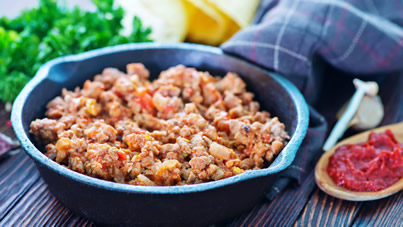
From https://www.heartandstroke.ca/get-healthy/recipes/poultry/turkey-and-bean-rice-wraps
6 servings / 25 min
Prep 15 min / Cook 10 min
½ cup long grain brown rice (125 ml)
1 cup no salt added chicken broth (250 ml)
½ lb turkey cutlets or
scalloppini (500g)
2 tsp canola oil (10ml)
3 cloves garlic, minced
1 tsp chili powder (5ml)
½ tsp grated lime rind (2ml)
2 tbsp lime Juice (25ml)
¾ cup salsa (175ml)
1 cup corn kernels (250ml)
1 cup canned cooked black beans, drained and rinsed (250ml)
2 tbsp chopped fresh coriander (25ml)
1 head Boston lettuce, leaves separated
1. In saucepan, bring rice and broth to boil. Cover and reduce heat to low and cook for 25 minutes or until tender and liquid is absorbed.
2. Meanwhile, cut turkey cutlets into strips crosswise; place in bowl. Add 5 mL (1 tsp) of the oil, garlic, chili powder, lime rind and juice; stir until well coated.
3. In large non-stick skillet, heat remaining oil over medium high heat and cook turkey, stirring for about 5 minutes or until no longer pink inside. Add cooked rice and salsa; stir to coat.
4. Stir in corn and beans and cook for about 2 minutes or until warmed through. Stir in coriander and spoon on to lettuce leaves and roll up to enjoy.


